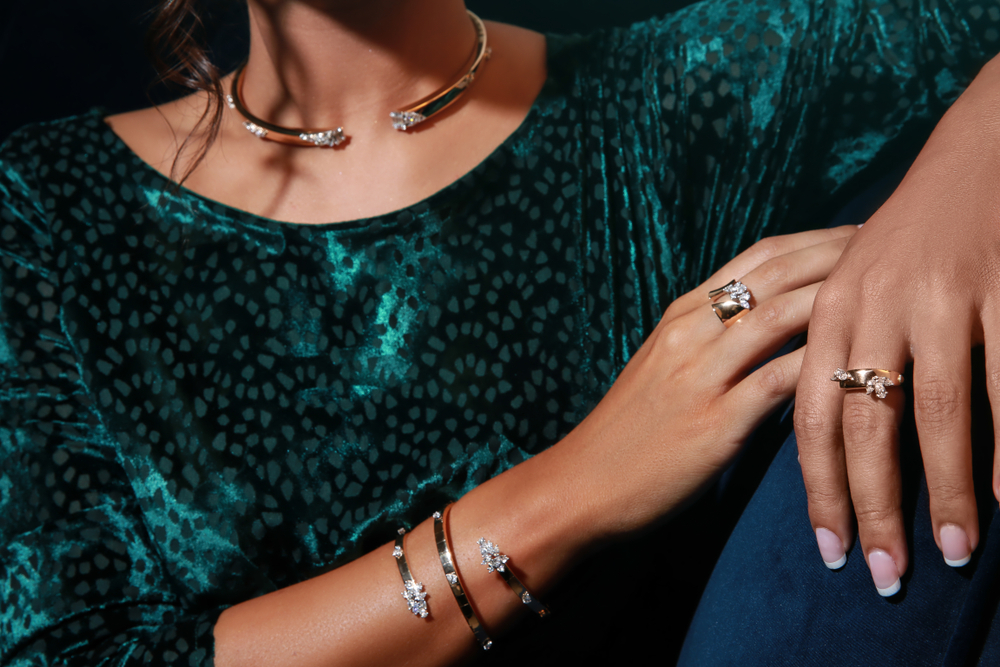The jewelry industry has witnessed a significant trend in recent years: the rise of lab-grown diamonds. These synthetic alternatives to natural diamonds have surged in popularity, with companies like Pandora and Brilliant Earth leading the charge. Despite their synthetic origins, lab-grown diamonds possess the same physical, optical, and chemical characteristics as natural diamonds, making them a compelling choice for consumers seeking transparency and sustainability.
The evolution of lab-grown diamonds
Lab-grown diamonds are not a new phenomenon. They were first produced by General Electric in the 1950s. However, their acceptance and normalization in the jewelry market have increased dramatically over the past five years. Reports indicate that sales of lab-grown diamonds in the U.S. have escalated from $1 billion in 2016 to over $12 billion by 2022. This growth reflects a broader demand for ethical and transparent practices in the jewelry industry.
Market trends and predictions
Despite their growing popularity, some jewelry experts predict a decline in the lab-grown diamond market. Analysts suggest that jewelers may shift their focus back to natural diamonds and that the prices for lab-grown options could fall. However, sales data leading up to November showed a 51% increase in lab-grown diamond jewelry sales, indicating a strong consumer interest.
Industry perspectives on lab-grown vs. natural diamonds
Opinions on lab-grown diamonds vary across the industry. Some jewelers and gemologists see them as fulfilling a need for affordable alternatives to natural diamonds, particularly for travel jewelry and industrial applications. Others specializing in heirloom pieces value the rarity and timeless story of natural diamonds formed over billions of years.
Consumer preferences and sustainability
Consumers, especially the younger generation, are increasingly drawn to lab-grown diamonds for their affordability and ethical appeal. Brands like Brilliant Earth are responding by offering sustainably rated, carbon-neutral lab diamonds and collections made with 100% renewable energy. The trend towards lab-grown diamonds is also supported by celebrity endorsements and educational content that resonates with eco-conscious buyers.
The future of diamonds in the jewelry market
As the debate between lab-grown and natural diamonds continues, the industry is watching closely to see which direction consumer preferences will lean. While lab-grown diamonds offer an ethical and affordable option, the allure and investment value of natural diamonds remain strong. Ultimately, the choice may come down to personal values and the importance of sustainability, cost, and tradition in jewelry.
Lab-grown diamonds have carved out a significant niche in the jewelry market, appealing to consumers’ desire for ethical and sustainable options. While their future in the industry may be uncertain, their impact on consumer choices and the broader conversation around ethical jewelry practices is undeniable.
















